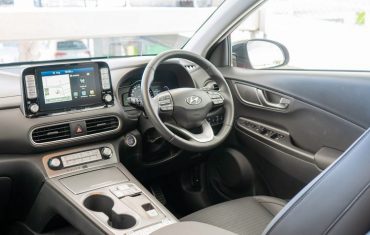
A best practice guide to fleet replacement
For your fleetManaging a fleet is more than just supplying your employees with cars; it’s about maximising the value while minimising costs, and knowing when your fleet is no longer providing that value or incurring unnecessary costs.
As a vehicle ages, its capital costs decrease while its operating costs increase, which means the vehicle will reach a point in time where it is no longer cost-effective.
- Vehicle capital costs are the monthly market value depreciation or decrease in secondary market value attributed to vehicle age and mileage.
- Vehicle operating costs are all those costs incurred in keeping the car on the road – like fuel, tyres, registration, insurance, scheduled or non-scheduled maintenance, out-of-warranty repairs and temporary replacement rentals.
Optimum Replacement Timing
So, how do you identify that sweet spot in the whole-of-life cycle of your vehicles when it is the optimal time to replace those vehicles?
We discuss this across a number of different vehicle sizes in our whitepaper, below.
Download the whitepaper:
 Driving Insights
Driving Insights




